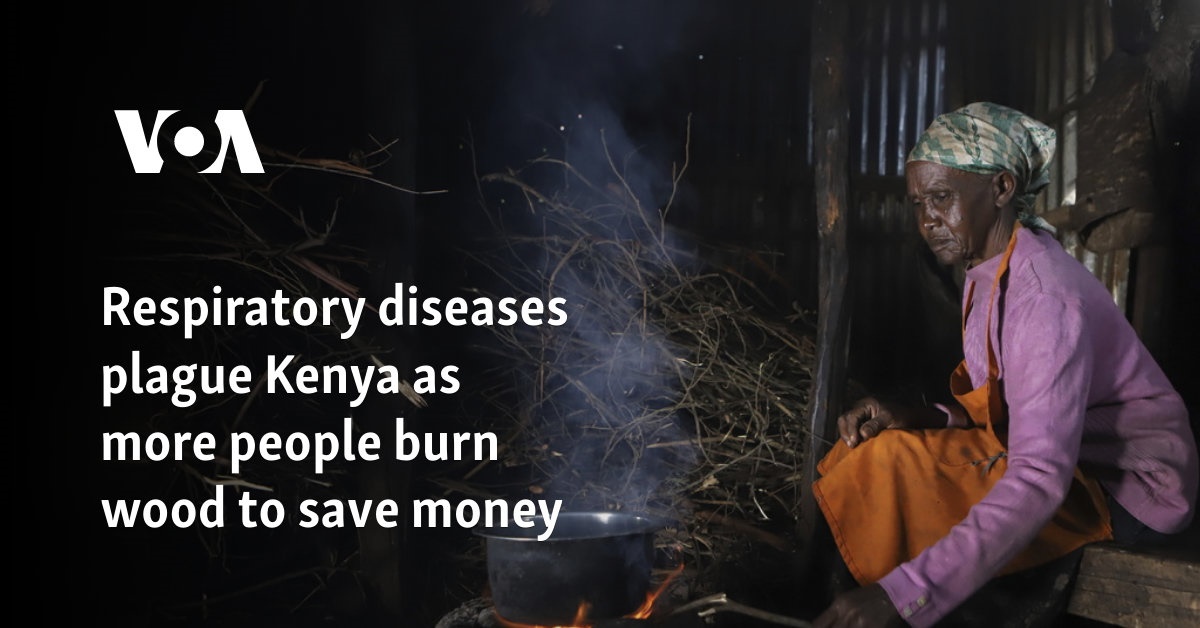Yet another fleet of Boeing airplanes was found to have a potentially disastrous flaw — one that could set the entire aircraft ablaze.
The aircraft manufacturer discovered that its 777 liners have poor electrical insulation near its fuel tank, according to a proposed rule the Federal Aviation Administration posted in March.
“This condition, if not addressed, could result in an ignition source inside the fuel tank and subsequent fire or explosion,” the Airworthiness Directives note states.
The possibly deadly fault would affect nearly 300 of Boeing’s aircraft across the US: the 77–200, –200LR, –300, –300ER, and 777F series jets.
Though an older jet, the Boeing 777 is commonly used across the globe, especially by American and United Airlines — and is the same massive twinjet that plunged 6,000 feet during a Singapore Airlines flight this week that injured dozens and killed a 73-year-old grandfather.
After Boeing reported the vulnerability to the FAA, the federal regulator offered a proposal to fix this issue that would cost a total of $14 million for all 292 affected US-registered airplanes.
“The proposed AD, which the FAA issued in March 2024, would require installing electrical bonding and grounding to a component in the center fuel tank. It would make mandatory service actions that Boeing described in a November 2023 alert bulletin,” an FAA spokesperson said in a statement.
Boeing itself would not be responsible for fixing the issues itself — the burden would fall on the operators and airlines that own the twinjets.
Under the adopted proposal, each plane would be inspected for roughly 90 hours before installing Teflon sleeves and cap fasteners to certain parts of the center, left and right main fuel tanks.

The suggested repairs come after the FAA issued a similar direction in 2017 to address a larger number of the 777 models to “prevent arcing inside the main and center fuel tanks in the event of a fault current or lightning strike, which in combination with flammable fuel vapors, could result in a fuel tank explosion and consequent loss of the airplane,” the filing said.
The FAA reported the issue in March and ordered Boeing to respond by May 9. If adopted, Boeing would have as long as 60 months to make the repairs — a timeline that indicates the vulnerability is not a pressing concern.
“We are aware of the FAA’s notice of proposed rulemaking and had previously issued guidance to 777 operators on this,” Boeing told Bloomberg.
“We fully support the FAA’s recommendation to make that guidance mandatory.”
In a statement to The Post Wednesday night, a Boeing spokesperson said, “This is not an immediate safety of flight issue. There are multiple redundancies designed into modern commercial airplanes to ensure protection for electromagnetic effects.
“The 777 fleet has been operating for nearly 30 years and has safely flown more than 3.9 billion passengers.”
Boeing has been under heightened scrutiny in recent months due to myriad issues on its planes, including in January, when a door plug blew out during an Alaska Airlines flight.
Following the Jan. 5 mid-air fiasco, the Federal Aviation Administration discovered “unacceptable” quality control issues during an audit into Boeing and supplier Spirit AeroSystems.







